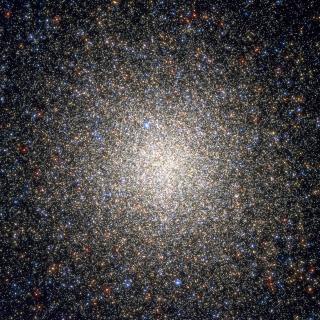Bibcode
Hidalgo, S. L.
Referencia bibliográfica
Astronomy and Astrophysics, Volume 606, id.A115, 7 pp.
Fecha de publicación:
10
2017
Revista
Número de citas
25
Número de citas referidas
24
Descripción
Aims: We present a new approach to study the mass-metallicity
relation and its dependency on time. Methods: We used the star
formation history (SFH) derived from color-magnitude diagram fitting
techniques of a sample of Local Group (LG) dwarfs to obtain stellar
masses, metallicities, and star-formation rates (SFR) to analyze the
mass-metallicity relation as a function of the ages of their stellar
populations. The accurate SFHs allow a time resolution of about 2 Gyr at
the oldest ages for a total redshift range of 0 ≲ z ≲ 3. Results: The mass-metallicity relation retrieved for the sample of LG
dwarfs was compared with a large dataset of literature data obtained in
a wide redshift range. Neither of the two independent datasets shows a
clear evolution of the mass-metallicity relation slope with redshift.
However, when the star-formation rate is added as an additional
parameter in the relation, it shows a dependence on the redshift in the
sense that the coefficient of the mass decreases with increasing
redshift, while the coefficient for the SFR is almost constant with
time. This result suggests an increasing contribution with time of the
galaxy stellar mass to the metalliticy of the stars that formed most
recently, but it also shows that the SFR can play a fundamental role in
shaping the mass-metallicity relation.
Proyectos relacionados

Vía Láctea y galaxias cercanas
El objetivo general del Proyecto es el estudio de la estructura, historia evolutiva y proceso de formación de galaxias a través de sus poblaciones estelares resueltas, tanto a partir de fotometría como espectroscopia. El proyecto puede dividirse en cuatro líneas principales: I. Historia de formación estelar en el Grupo Local. El objetivo de esta
Martín
López Corredoira